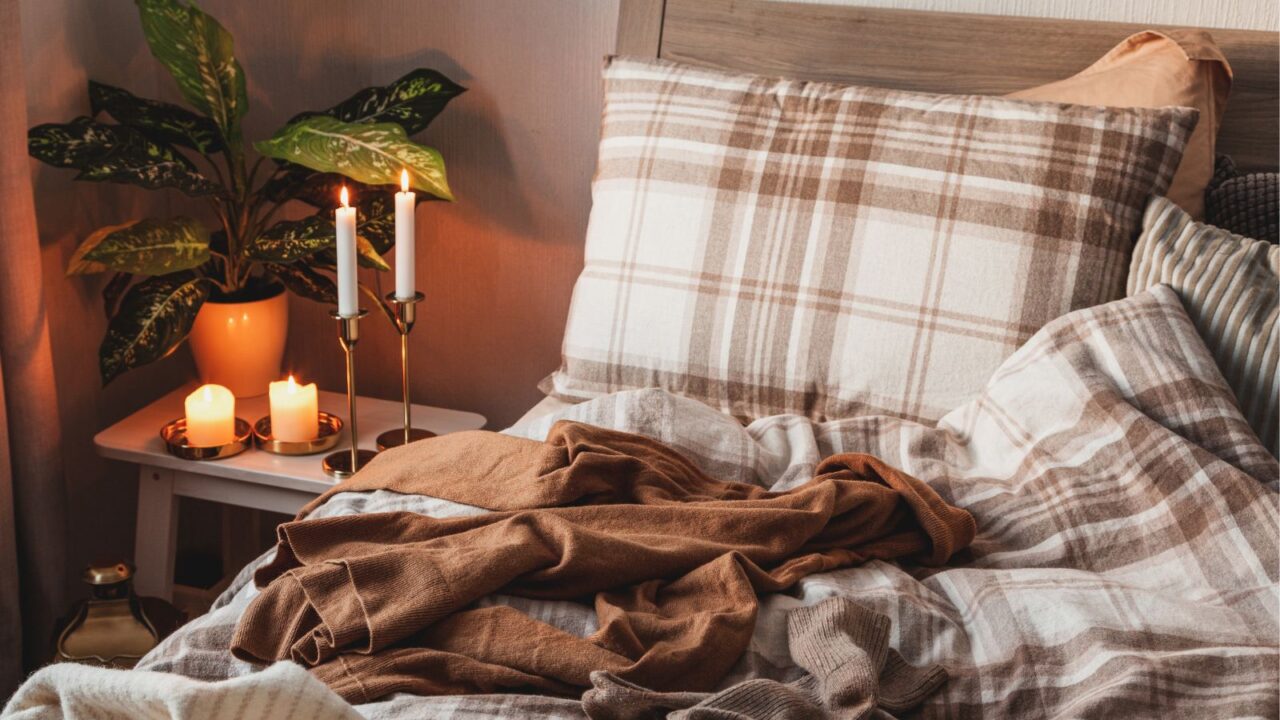
Bedroom Mistakes to Avoid
A lot of sleep problems come from everyday bedroom habits that might seem harmless but actually mess with good rest. Simple changes like dimming lights, picking the right pillow, and keeping your room cool—can make a big difference.
Creating a cozy, sleep-friendly space with just a few adjustments can help you fall asleep faster, stay asleep longer, and wake up feeling ready to take on the day.

Skipping Blackout Curtains
Streetlights, early morning sunlight, or even nearby porch lights can disrupt your sleep if your room isn’t dark enough. Blackout curtains can block out any unwanted light that might interfere with your natural sleep cycle.
Installing blackout curtains is a straightforward way to make your bedroom a restful, sleep-friendly environment.

Electronics
Using devices right before bed or leaving them powered on nearby can severely impact sleep quality. The blue light from screens disrupts melatonin release, the hormone that tells your body it’s time to sleep, and notifications can jolt you awake.
Even when silenced, gadgets produce electromagnetic noise, interrupting the lighter stages of sleep.
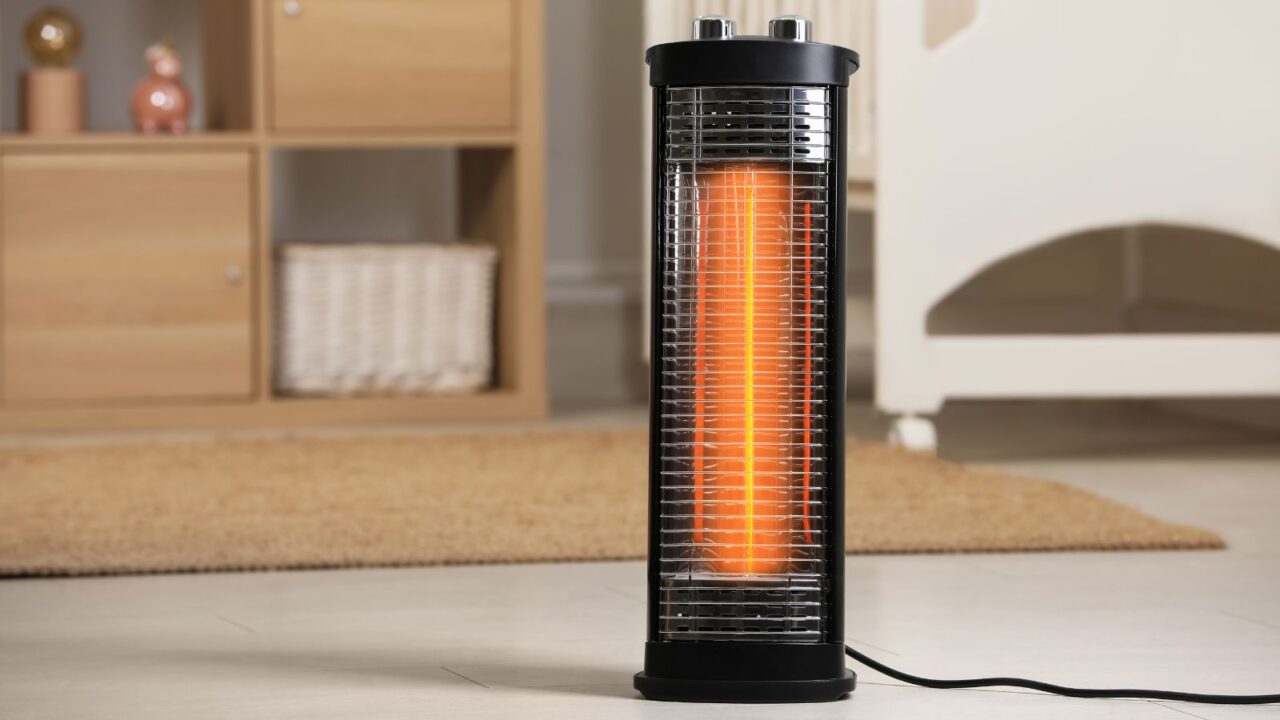
Overheating
While a warm bedroom sounds cozy, sometimes it may prevent the body from reaching its optimal sleep state. Experts recommend bedroom temperatures between 60-67°F, which supports the body’s natural drop in core temperature essential for deep sleep.
Keeping the room cooler not only makes falling asleep easier but also ensures fewer disruptions, helping you wake up more refreshed and ready for the day.
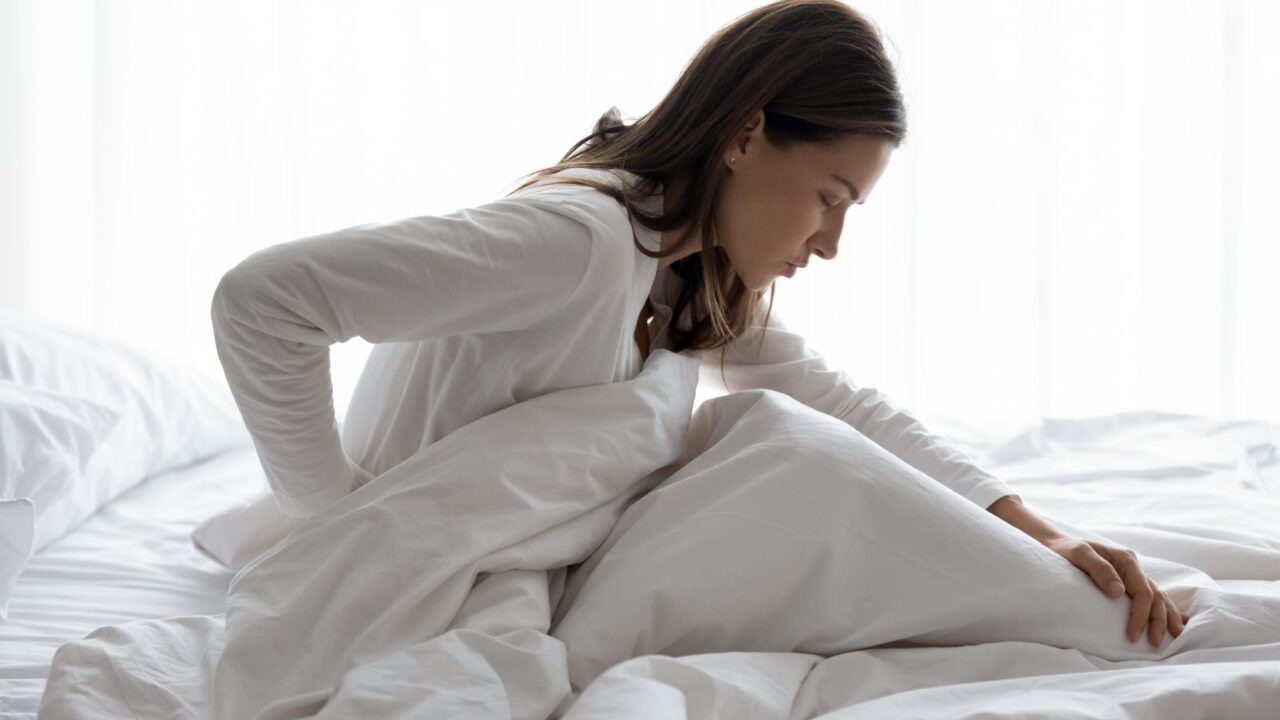
Wrong Mattress
An unsuitable or old mattress can lead to back pain, restless sleep, and morning discomfort. When choosing a mattress, consider your sleep position, body weight, and any personal comfort needs, as each factor influences what support works best.
Replacing your mattress every 7-10 years is generally recommended to ensure it provides proper support.

Ignoring Clutter
A cluttered room, with scattered clothes, piles of books, messy bed sheets, or random objects, can increase stress, making it harder to unwind. It’s no secret that visual clutter stimulates the brain, keeping you from fully relaxing.
A clean, organized space sets a calming tone, helping the mind and body to relax naturally.
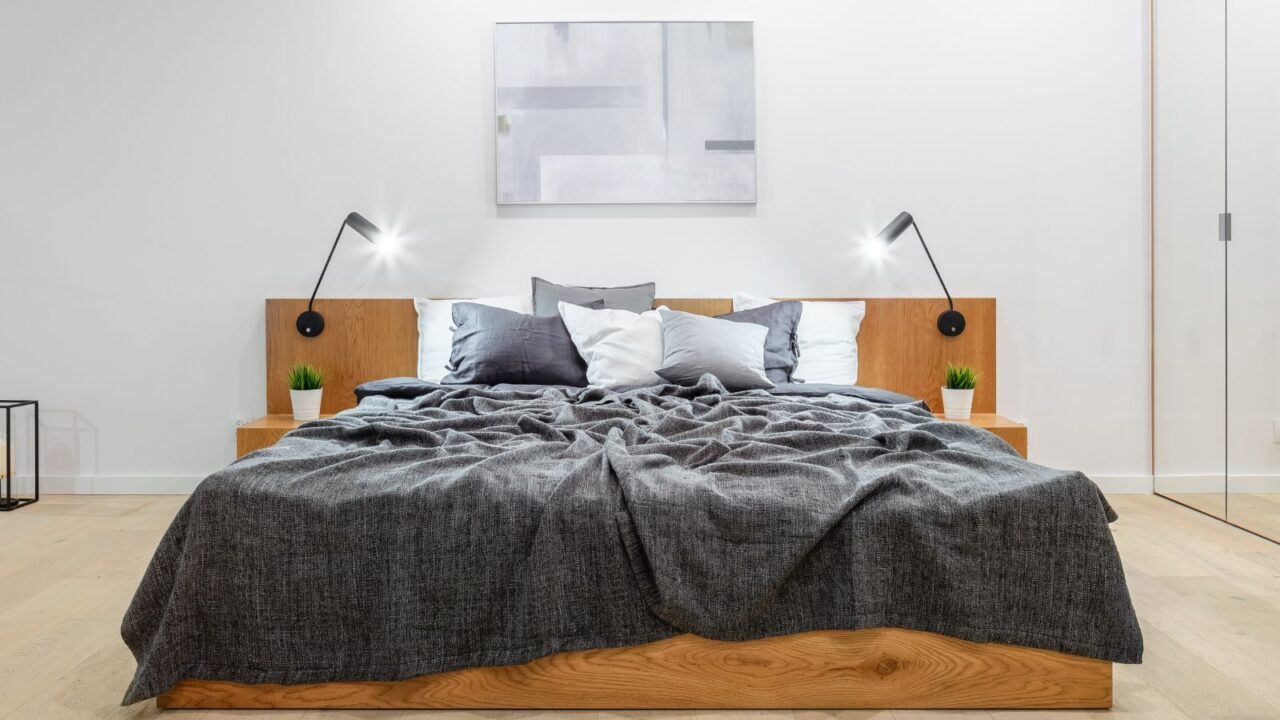
Bright Lighting
Bright lights in the bedroom can disrupt the body’s natural readiness for sleep by signaling wakefulness. Switching to dim, warm-toned bulbs encourages melatonin production, easing the transition to bedtime.
Studies suggest that dimmer, softer lighting creates a calming atmosphere that helps you unwind, preparing your mind and body for sleep.

Dim Reading
Reading in low light strains your eyes, causing discomfort that can make it harder to relax before bed. Squinting to see in dim light also makes your eyes work harder, potentially leading to headaches and sleep disruption.
Opting for a small, soft reading lamp provides enough light to ease eye strain, creating a cozy environment that helps you wind down and prepare for restful sleep.
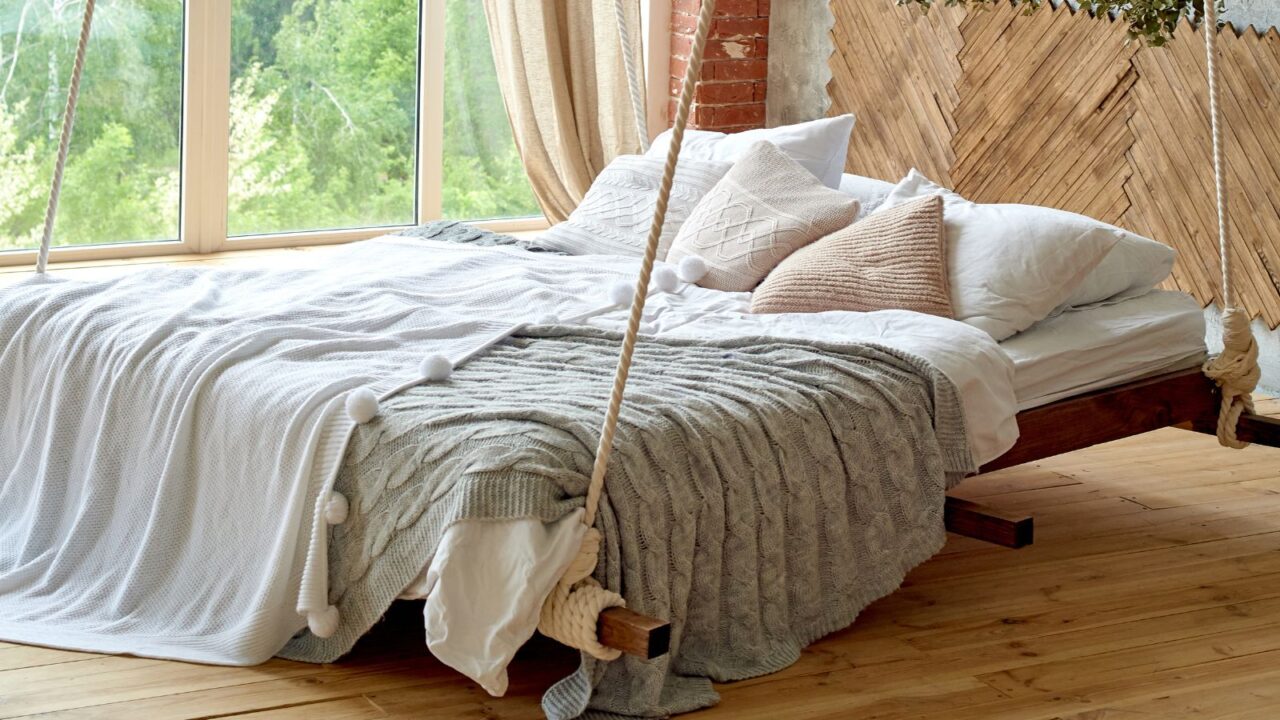
Bed Frame
An old or creaky bed frame can make noise with every movement, disrupting your sleep and leaving you restless. Ensuring your bed frame is sturdy and noise-free helps prevent these interruptions, creating a stable base for deeper sleep.
Replacing or reinforcing an older frame improves sleep quality by eliminating unnecessary disturbances.
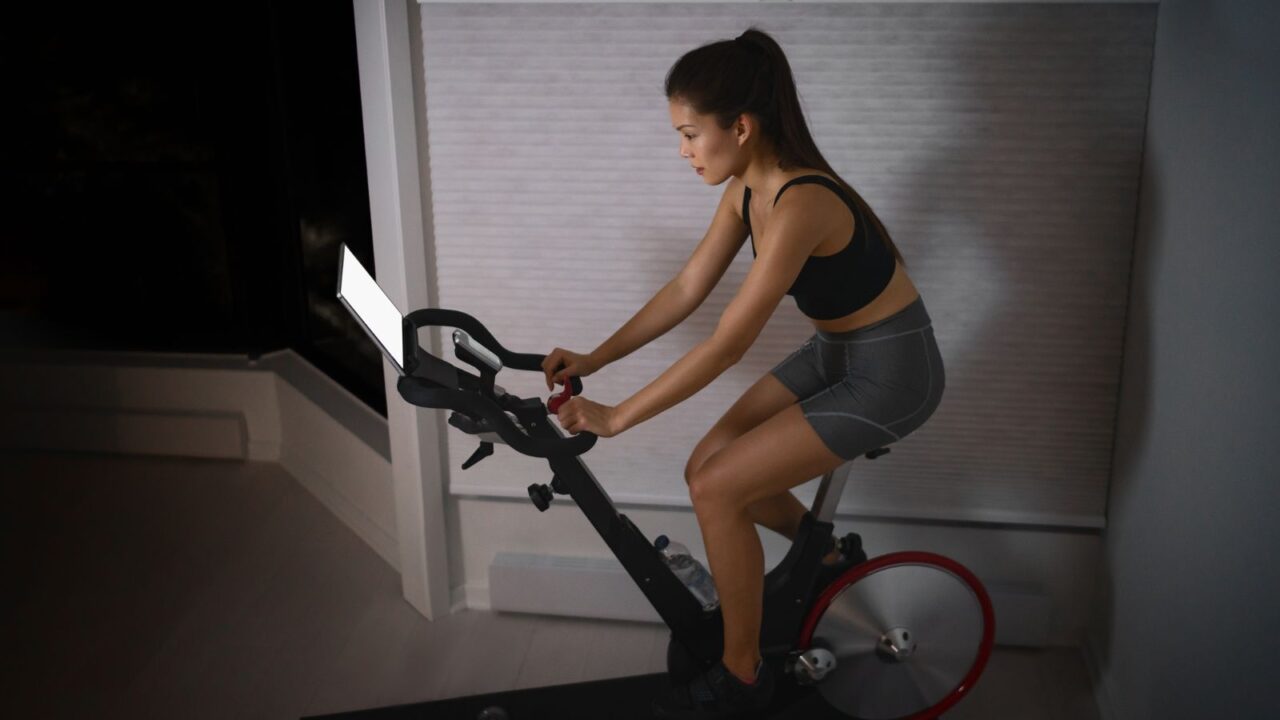
Mixing Work and Rest
Using your bedroom for activities like work or exercise can make it harder to relax at night, as your brain no longer associates the space solely with rest. Sleep experts recommend reserving the bedroom for sleep and relaxation to build a mental connection that encourages restful slumber.
Establishing this boundary helps your mind recognize bedtime, setting you up for deeper, uninterrupted sleep.

Unsupportive Pillow
A pillow that doesn’t match your preferred sleep position can cause neck strain, leading to restless sleep. For side sleepers, firmer pillows that support neck alignment work best, while back and stomach sleepers might need softer options.
Replacing pillows every 1-2 years maintains proper support, helping reduce discomfort and allowing for a deeper, more restorative sleep experience.

Busy Patterns
Busy patterns on bedding, walls, or rugs can overstimulate the senses, making it harder to unwind before bed. Simple, subtle designs are more effective in creating a calming atmosphere. By choosing patterns and textures that are soft and minimalistic, your room can become a tranquil retreat.
Calming decor choices can make all the difference in achieving restful nights.
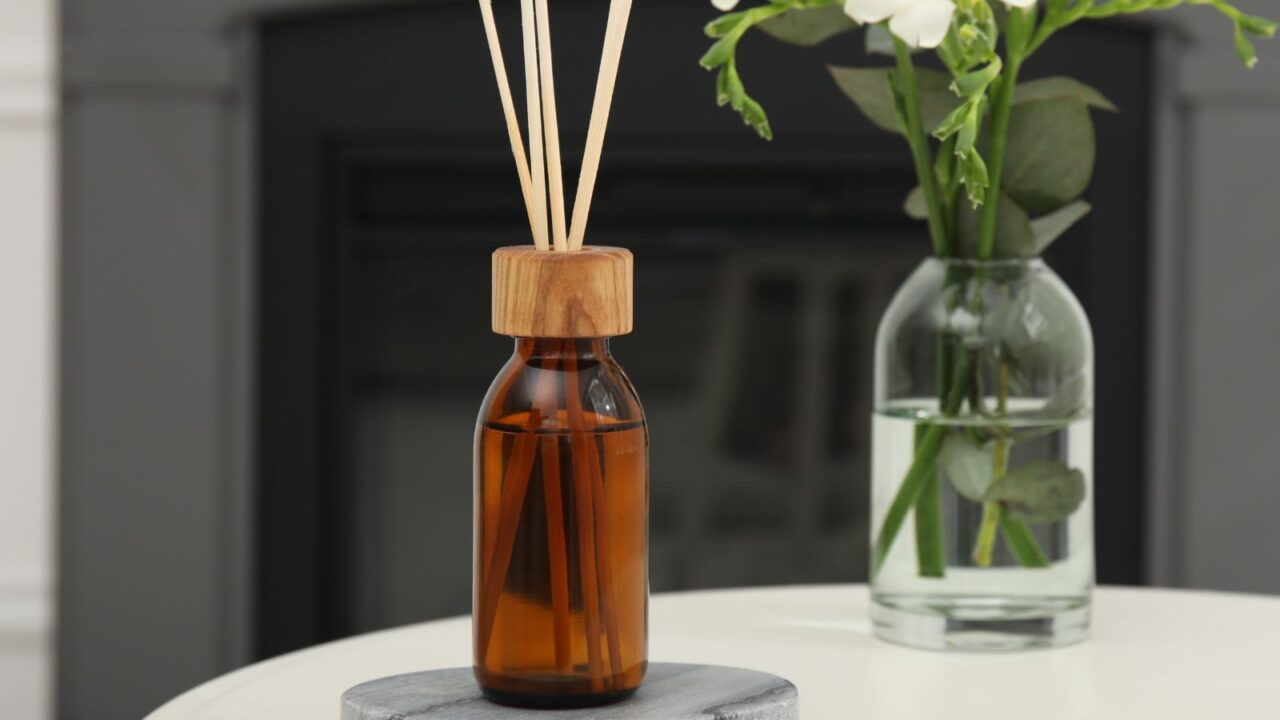
Scents
Strong or unpleasant odors in the bedroom can interfere with your ability to relax. Choosing calming scents like lavender, chamomile, or sandalwood can create a soothing atmosphere conducive to sleep.
Using essential oil diffusers or linen sprays can fill the room with pleasant, sleep-enhancing aromas, which have been shown to improve sleep quality and relaxation.
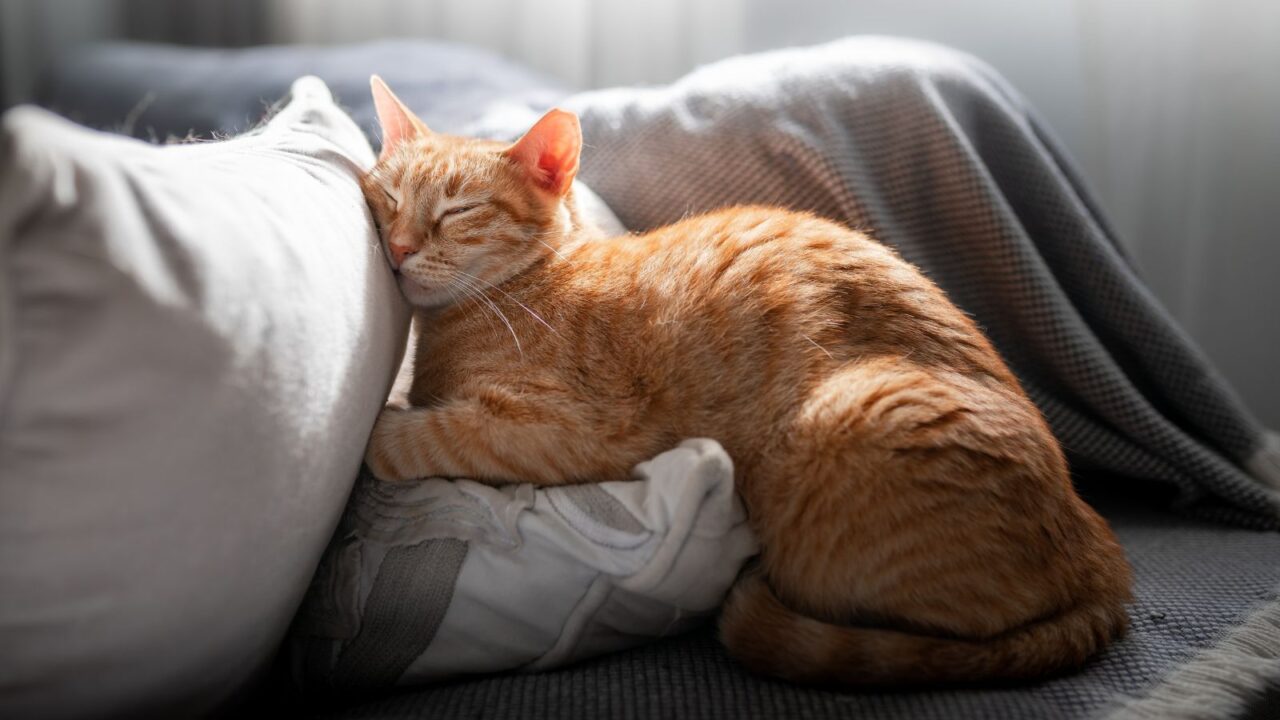
Pets
Although pets can be comforting, their movement, sounds, or scratching can disrupt sleep for some people. Research shows that people tend to sleep better when pets have separate sleeping areas, as their activity can cause micro-awakenings.
However, if your pet is an emotional support animal you can’t sleep without, their presence might offer you comfort and security. For others, creating a cozy space outside the bedroom for your pet can help ensure undisturbed sleep for both of you.
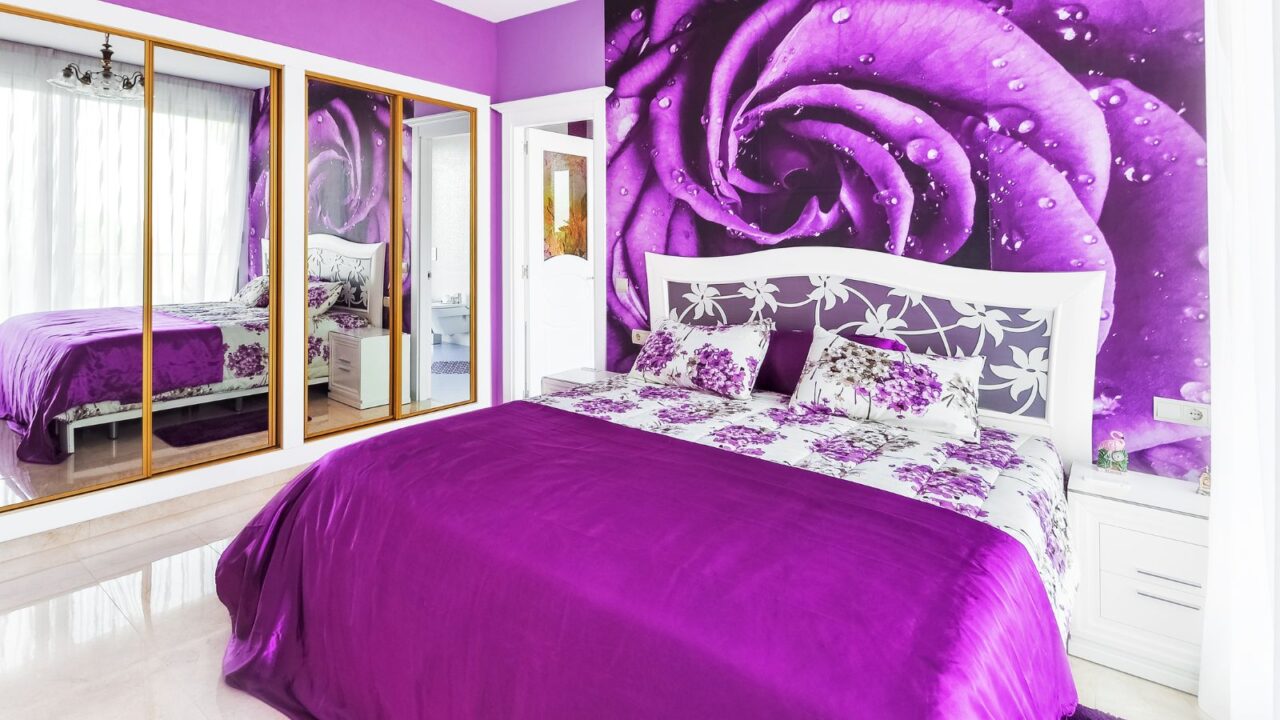
Stimulating Colors
Bright and bold colors like red, yellow, and purple can overstimulate the mind, making it harder to wind down at night. Opt for calming shades such as soft blues, beiges, or gentle grays, which are known to promote relaxation and peace.
These neutral tones create a cozy environment that’s ideal for sleep and helps your body to relax. For more inspiration and to keep your decor current, check out our guide What Are the Top Color Trends for 2025? to stay on top of the color trends.

Plants
Certain indoor plants can contribute to a room’s humidity or even release allergens that irritate your respiratory system. While plants can add a refreshing touch, it’s essential to choose hypoallergenic options if you’re prone to allergies.
Safe choices like snake plants or aloe vera can improve air quality without adding pollen, making your room a healthier, more comfortable sleep environment. For more inspiration, check out Cozy Fall Plants for Your Front Door to choose the perfect plant to welcome your guests.